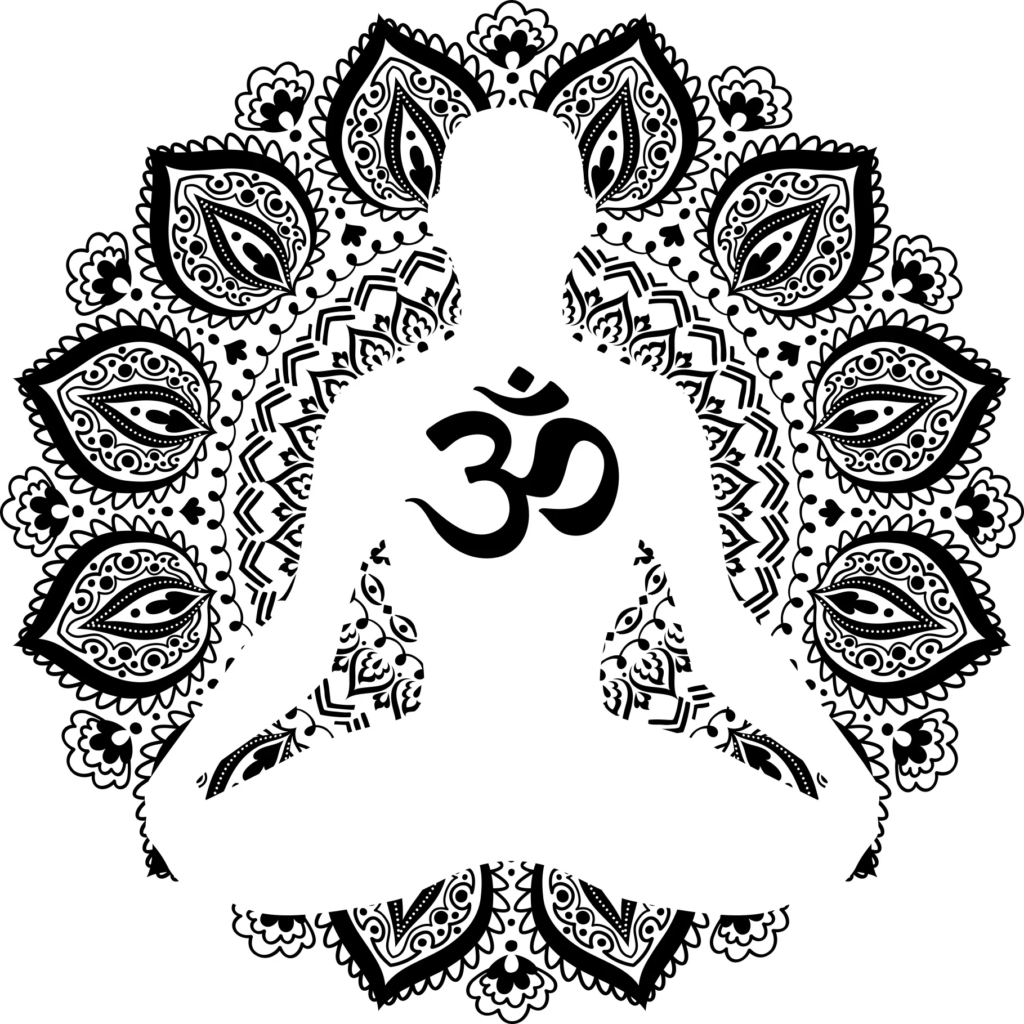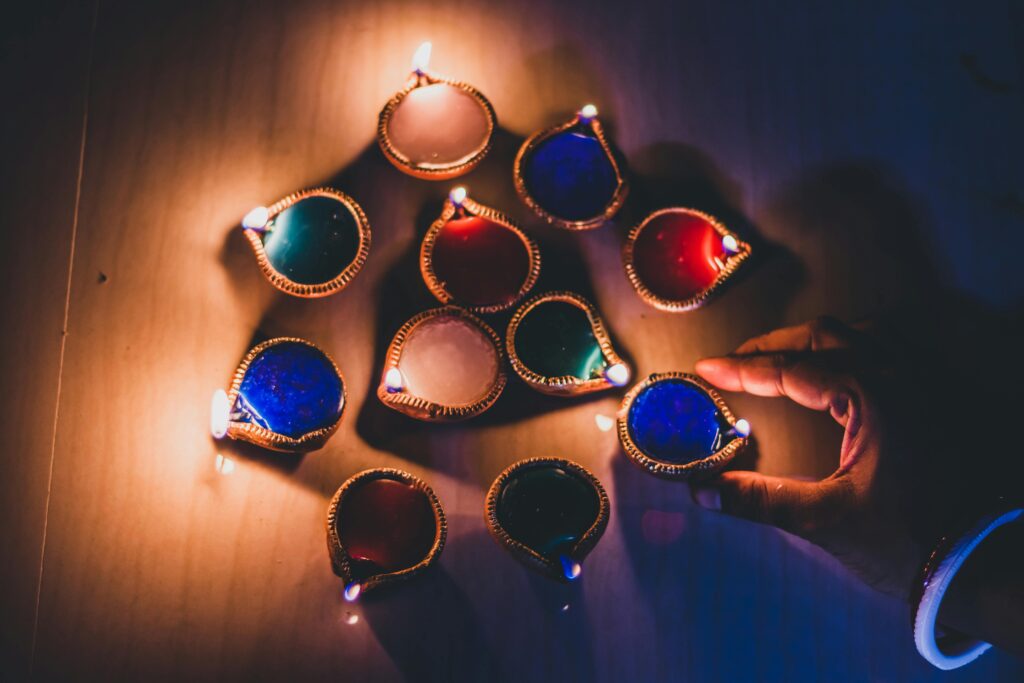
Lord Hanuman is one of the deities in Hinduism who has been known to never fail at any task that he took upon himself. One of the most popular deities, with millions of devotees, Lord Hanuman is said to still be alive, often helping his devotees by appearing before them in the form of a monkey. In this article, we are going to talk about mantras, and specifically, the Karya Siddhi Hanuman Mantra.
The Karya Siddhi Hanuman Mantra is said to be extremely beneficial for devotees who are trying to perform a humongous task, or overcome a specific tremendous obstacle in completing their tasks which is proving to be a burden. “Karya” translates to work, and “Siddhi” loosely translates to mastery or completion. Thus, the mantra, with its title itself, conveys the intention with which it is to be used.
Introduction
Karya Siddhi Hanuman refers to a revered form of Lord Hanuman, primarily worshipped for success in endeavors (“Karya Siddhi” literally means “fulfillment of work or tasks”). Devotees believe that praying to this form of Hanuman grants them strength, clarity, and the ability to overcome obstacles, particularly in difficult or important undertakings.
One of the most well-known temples dedicated to Karya Siddhi Hanuman is the Avadhoota Dattapeetham’s Karya Siddhi Hanuman Temple located in Frisco, Texas, USA (also in Girinagar, Bangalore and other places). It was established by Sri Ganapathy Sachchidananda Swamiji and is known for its 12-foot tall idol of Hanuman and the Hanuman Chalisa parayana programs. Devotees often take a “Sankalpa” (vow or intention) when praying to Karya Siddhi Hanuman, seeking success in specific endeavors—be it education, employment, health, relationships, or spiritual goals.
Deities
Deities, in Hinduism, are said to be different “super” manifestations of the same universal cosmic energy. Each manifestation, is said to be easier to connect with for different people having different personality traits, different past lives, and different tendencies or attractions. Lord Hanuman, is one of the most popular deities in Hinduism, with Hanuman Chalisa being one of the most famous devotional hyms across the Indian subcontinent. People connect with different deities for multiple reasons, in order to solve their own problems, in order to find answers to existential questions in life, or for simply expressing their love and devotion to that particular manifestation of the supreme consciousness.
Some other famous examples of deities, other than Lord Hanuman are Lord Rama, Lord Krishna, Lord Durga, Lord Kali, Lord Ganesha, Lord Shiva, and many more. There are several ways to connect with a deity’s energy, including performing rituals (pooja, havan, etc.), chanting mantras, fasting, or mental remembrance. The below section will talk about mantras in a bit more detail, before moving on to the Karya Siddhi Hanuman Mantra.
Mantras

A mantra is a sacred word, phrase, or sound that is repeated either silently or audibly as part of a meditative or spiritual practice. Mantras have a long history and are commonly associated with various religious and spiritual traditions, including Hinduism, Buddhism, Jainism, and Sikhism, among others. They are used as a tool to focus the mind, promote mindfulness, and facilitate a connection with the divine or higher consciousness.
Mantras can be spoken, chanted, sung, or even thought silently, and they often have a specific meaning or significance in the context of the tradition or practice in which they are used. Some mantras are simple sounds or syllables, while others are longer and more complex. For example, the “Aum” mantra is a simple, universal mantra used in various schools of Hinduism, while the “Aum Mani Padme Hum” mantra is a more elaborate mantra associated with Tibetan Buddhism.
The repetition of a mantra is believed to have several benefits, including calming the mind, reducing distractions, and promoting a state of inner peace and spiritual awareness. Mantras can be an integral part of meditation and prayer, and they are often recited as part of religious rituals or as a personal spiritual practice. The repetition of a mantra, when done under certain conditions for the spiritual growth of an individual is known as “japa”.
Karya Siddhi Hanuman Mantra
The Karya Siddhi Hanuman Mantra is said to be great for achieving positive results with the task that you want to achieve success in. Before beginning the “japa” or the “chants”, you should mentally pray to Lord Hanuman for success in the task that you desire, and let him know that you are specifically going to be doing the chants for achieving success in that task.
Below is the Karya Siddhi Hanuman Mantra along with its translation. Make sure to pronounce the mantra correctly while chanting it. Incorrect enunciations can end up causing damage, or result in unfruitful results.
Tvamasmin Karya Niryoge
Pramānam Hari Sattama
Hanuman Yatna Māsthāya
Dukha Kshaya Karo Bhava |
Tvamasmin Karya Niryoge
Pramānam Hari Sattama
Raghavastvatsamarambhat
Mayi Yatna Paro Bhavet ||
For the correct enunciation of the Karya Siddhi Hanuman Mantra, you can refer to the video attached as a hyperlink.
Tips for Using the Karya Siddhi Hanuman Mantra Efficiently

Below are a few tips that can help you achieve good results with the Karya Siddhi Hanuman Mantra.
Taking a bath: Taking a cold water shower is a rudimentary form of Jala Bhuta Shuddhi. Doing so before your japa practice can enhance your receptivity and improve your practice.
Remembering Lord Ganesha: Before beginning any japa or any spiritual practice in Hinduism, one should always remember, pray to, or ask for the blessings of Lord Ganesha, the remover of obstacles. The blessing should be for one to be successful in whatever practice that they are about to start.
Remembering Lord Rama: Before beginning any japa or any spiritual practice dedicated to Lord Hanuman, one should always remember, pray to, or ask for the blessings of Lord Rama, as Lord Hanuman is an eternal devotee of Lord Rama. More than his own praise, and devotion, Lord Hanuman is always pleased with an individual expressing his devotion and love for his own Lord.
Lighting a diya/lamp: Having a flame in front of yourself while doing the japa helps making the environment more conducive for a successful practice. Staying in front of the flame throughout the japa also ensures a rudimentary Agni Bhuta Shuddhi being performed.
Lighting an incense stick (agarbatti): Having a fragrance in the room where the japa is to be performed is considered almost mandatory in many circles of spiritual practitioners. The impact of fragrance on an individual helps in calming the person down.
Giving offerings to Lord Hanuman: Offering edibles, simply placing them in front of yourself as an offering to Lord Hanuman is an act that is prevalent in Hinduism. A simple rule of thumb while offering anything to Lord Hanuman should be that the individual likes it himself, and is willing to eat whatever he is offering to lord Hanuman. One can consume the offering or distribute it to other people after the completion of the japa. Bananas are a good choice of offering.
FAQs (Frequently Asked Questions)
When should I chant the Karya Siddhi Hanuman Mantra?
If you are trying to seek support in a specific task, it would be best to take an Anushthan, or an oath to chant X number of times for Y number of days. The video hyperlinked above (and here) recommends chanting 9 times a day for 16 days. Longer or shorter variations of these numbers can be chosen depending on an individual’s capabilities.
If you are thinking of chanting the mantra everyday for general support in all of the tasks throughout the day, it is best to chant the mantra on an empty stomach after taking a bath after waking up.
What time of the day should I chant the Karya Siddhi Hanuman Mantra?
The “Brahma-Muhrat”, or the time between 3:40 AM and sunrise, is said to be one of the best times to chant a mantra before beginning your day. Along with the benefits of the mantra, doing so routinely also builds up discipline in an individual.
Can I chant the Karya Siddhi Hanuman Mantra silently, or must it be aloud?
Yes, the mantra can be chanted either silently (manasika japa) or aloud (vaachika japa), depending on your comfort and environment. However, chanting aloud with correct pronunciation is often recommended for beginners to ensure proper enunciation and to help focus the mind better.
Is there a specific number of times I should chant the mantra daily?
Traditionally, many spiritual practitioners use a japa mala (rosary) with 108 beads to keep count, often chanting in multiples of 108. However, if you’re new or following a Sankalpa, even chanting 9, 11, or 21 times daily can be effective—what matters most is sincerity, consistency, and mental focus.
Can I chant the mantra for someone else’s benefit or success?
Yes, you can chant the mantra with the intention of helping someone else overcome obstacles or succeed in their task. While doing so, keep a clear mental focus on the person and their goal while maintaining your own purity and devotion.
What kind of tasks can I chant the mantra for?
You can chant the mantra for any task that requires divine assistance—getting a job, succeeding in exams, resolving relationship issues, overcoming financial troubles, or even spiritual advancement. The key is to be specific in your intention when beginning your chanting practice.
